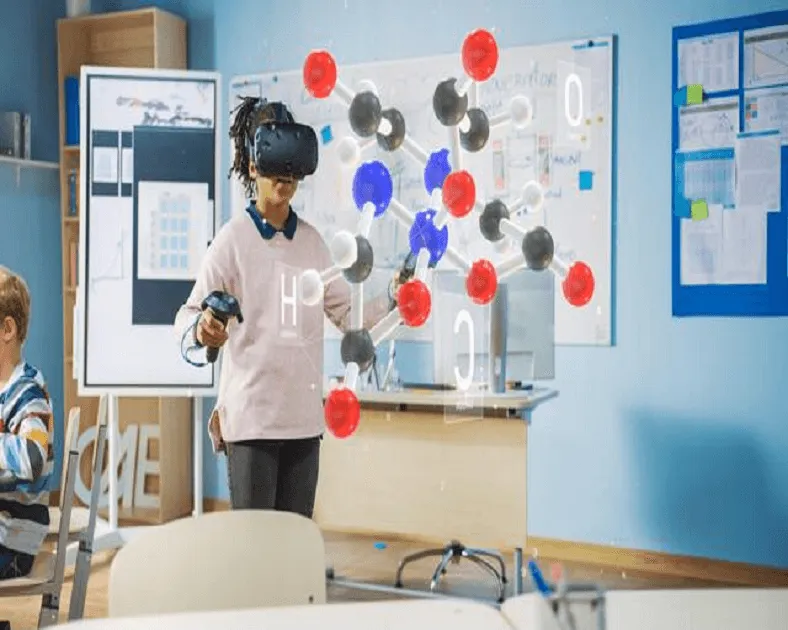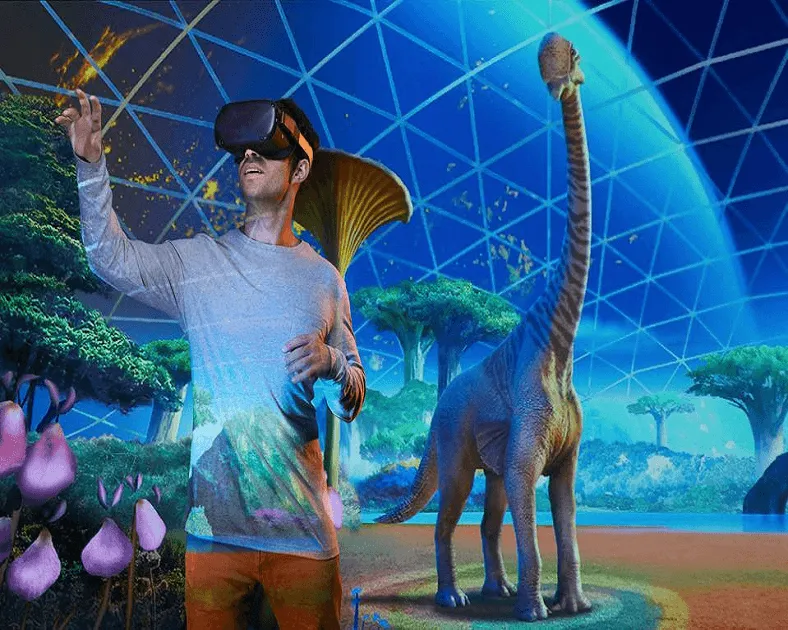Virtual Reality In Science
Virtual Reality / Education
Science is a vast and multifaceted field that encompasses everything from the tiniest microorganisms to the farthest reaches of the universe. Traditional teaching methods often struggle to convey complex scientific concepts effectively, leaving students feeling disconnected from the material. Virtual Reality (VR) has emerged as an innovative tool that is transforming science education. This blog explores how VR is enhancing the learning experience in science, making it more engaging, interactive, and immersive.
The Benefits of Virtual Reality In Science
- Enhanced Visualization
VR allows students to visualize complex scientific concepts, such as molecular structures, astronomical phenomena, and ecological systems. This richer understanding can help students grasp difficult topics more effectively.
- Interactive Learning
VR promotes active participation, enabling students to conduct experiments, manipulate variables, and observe outcomes within a virtual environment. This hands-on approach encourages exploration and critical thinking.
- Safe Experimentation
In scientific studies, working with hazardous materials or equipment can pose risks. VR provides a safe environment for students to conduct experiments without the inherent dangers of physical laboratory work.
- Realistic Simulations
VR allows students to experience realistic simulations of scientific processes. For example, they can simulate chemical reactions, explore the human body, or travel through space to better understand celestial dynamics.
Real-World Applications
As technology continues to advance, the future of VR in science education is promising. We can expect to see improved graphics, enhanced interactivity, and more diverse content offerings. Additionally, collaborative VR platforms may allow students from around the world to engage in shared scientific experiences, further enriching their educational journeys.
Conclusion
Virtual Reality is revolutionizing science education by providing immersive experiences that deepen understanding and spark curiosity. By allowing students to explore scientific concepts in a dynamic and interactive way, VR encourages engagement and promotes a passion for learning in the sciences. As we continue to embrace this technology, the potential for transforming science education is limitless.
Call us
Have you experienced VR in a science education setting? We’d love to hear your thoughts and stories! Share your experiences in the comments below, and stay tuned for more insights on how technology is shaping education in the sciences.
Explore More Projects
We welcome your questions, do not hesitate to contact us
- Create virtual reality and augmented reality experiences at the best prices
- Equipping engineering laboratories with the best equipment
- Virtual tours with 360° technology and also feature that you can see them through just one link
- Create virtual reality and augmented reality experiences at the best prices
- Equipping engineering laboratories with the best equipment
-
Virtual tours with 360° technology and also feature that you can see
them through just one link



